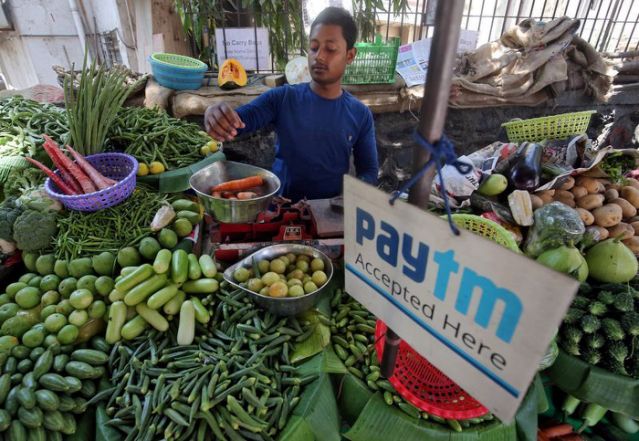India’s CPI Inflation Expected to Drop to a Multi-Year Low, Signaling Economic Stability
Bengaluru — India’s consumer price inflation (CPI) is expected to fall to a record low of 0.48% in October, reflecting the country’s strong economic fundamentals, steady food prices, and efficient fiscal management. Economists believe this marks a major milestone, showing India’s success in maintaining price stability while sustaining economic growth.
According to recent economic forecasts, the decline in inflation is being driven by a sustained fall in food prices and a higher base effect from last year. This positive trend underlines India’s improving supply chain efficiency and effective government measures to stabilize essential commodity prices.
Experts also attribute the drop to the Goods and Services Tax (GST) reduction implemented in late September, which provided relief to consumers and small businesses. This policy move, combined with better harvests and consistent food supply, has kept food inflation under control.
Despite a global environment of economic uncertainty, India’s inflation rate continues to cool even as the economy expands robustly. Official data showed that India’s GDP grew nearly 8% in the April–June quarter, making it one of the world’s fastest-growing major economies.
Economists now anticipate that the Reserve Bank of India (RBI) could consider further interest rate cuts in the coming months to support consumption and investment. The moderation in inflation provides room for monetary flexibility while keeping the economy on a growth trajectory.
A key factor contributing to the decline is the steep drop in vegetable prices, which have recorded double-digit declines for six consecutive months. Since food items make up nearly half of India’s CPI basket, this downward trend has been crucial in bringing inflation under control.
The CPI rate, projected at 0.48% in October, is a significant improvement from 1.54% in September, and represents the lowest level in the current CPI series, introduced in 2015. This development reflects India’s growing resilience to food price fluctuations and external market pressures.
Looking forward, the government plans to update the CPI base year to 2024, ensuring a more accurate reflection of changing consumption patterns. The new index will better represent the modern Indian household, which now spends less on food and more on services, healthcare, and digital consumption.
Economists such as Rahul Bajoria of BofA Securities have highlighted that the current disinflation trend is broad-based and supported by structural improvements. He noted that despite sporadic unseasonal rainfall, overall food inflation remains contained, with the risk of supply shocks appearing limited in the near term.
While some analysts warn that inflation may have reached its lowest point, the broader consensus remains optimistic. The combination of government policy support, improved supply chains, and technological integration in agriculture continues to keep prices steady.
Economists also point out that household spending habits are evolving. The Household Consumption Expenditure Survey 2023/24 revealed a shift in expenditure patterns, showing a declining share of food in total household budgets. This suggests rising income levels and diversification of consumer spending toward lifestyle and service sectors.
The government’s upcoming CPI revision will account for these changes, adjusting the weight of food to around 40% or lower, making the index more reflective of present-day economic realities. This modernization is expected to improve data accuracy and help policymakers make better-informed decisions.
As India’s inflation rate stabilizes and economic growth continues, investor confidence remains high. The nation’s strong macroeconomic performance, coupled with a favorable policy environment, positions it as one of the most resilient and promising economies globally.
India’s economic story now stands as a model for balancing growth with price stability. With inflation nearing record lows and GDP growth remaining strong, the country continues to move confidently toward long-term financial sustainability and prosperity.



